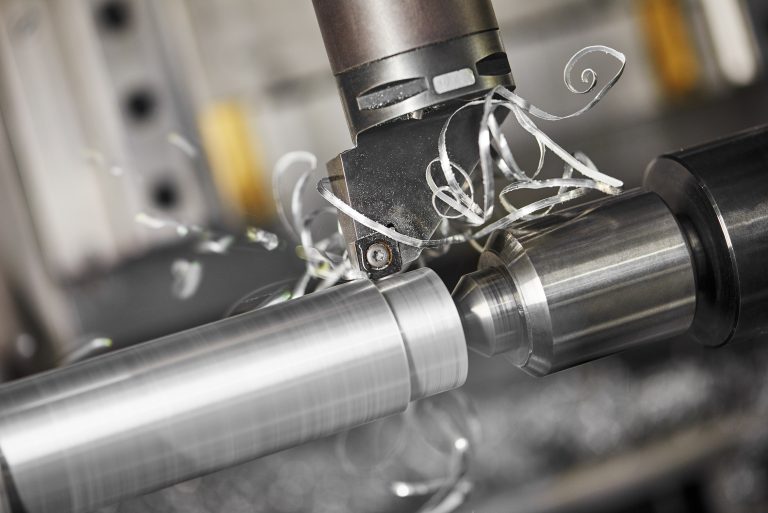Nothing lasts forever. Although your CNC equipment delivers durability and performance, everyday use can lead to wear and tear. So, what do you do when those edges loose their sharpness or your drill bit birdnests with every other use? Fortunately, one solution can renew your equipment and reduce retooling costs. This short guide reveals some typical signs that you must recondition your metalworking tools.
The 5 Visible Signs You Should Be Aware Of
With continued use, your machining tools will develop wear and tear. It’s just a question of when. As you evaluate your equipment’s performance, you watch out for five critical signs that recondition or replacement is needed:
- Age of your tools
- Unusual sounds during use
- Increased handling difficulty
- Rust or buildup
- Visible imperfections
Imperfections can include worn edges and dulled finishes. You’ll also want to look for chips, cracks and notches on cutting edges and drilling surfaces. Even a minute chip on a drill bit can impact product quality.
Reduced Efficiency Should Sound Your Alarm
The biggest problem with worn-out metalworking tools is reduced efficiency. You remember the earlier mention of birdnesting, those annoying coils that form at the end of a drill flute. Clearing them out takes valuable time away from your production operations. You also waste material every time birdnesting occurs. Meanwhile, other problems signal when you should consider reconditioning your tools:
- Higher machine and spindle loads
- Dwindling performance
- Cutting difficulties
- Significant chip shape and size variations
While these are the most common performance issues, you may experience other problems not mentioned here. Your best bet is to speak with your metalworking tools vendor for advice.
The 411 on Reconditioning
So, what does reconditioning do for your machine tools? It’s a process that restores CNC equipment to like-new condition. Many vendors refer to it as regrinding because that’s what it is: grinding the bit or edge until it matches the original.
Regrinding a tool brings back its original finishes and geometries. Depending on the type of equipment, you may be able to get up to three regrinds before replacement. Reconditioning can reduce your retooling costs by up to 50%. It’s an appropriate solution for many kinds of metalworking tools:
- Standard solid carbide drills
- Solid carbide modular drills
- Solid carbide taps and end mills
- Rotary cutting equipment such as reamers
- Polycrystalline diamond tools (PCD)
- Cubic boron nitride (CBN) composite tools
While reconditioning is ideal for many machine tools, it’s good to check with your manufacturer first. You may be able to get discounts for sending in multiple pieces at once. Also, the vendor may offer alternatives for regrinding depending on the condition of your equipment.
Quality, Economy and Efficiency
Reconditioning is a great way to maintain quality, efficiency and economy in your operations. If you must replace old tools or source new equipment, it’s wise to examine new CNC technologies. For instance, the Kennametal Fix8 is a heavy-duty turning solution with eight cutting edges for every insert. Besides withstanding massive cutting forces and vibrations, the Fix8 also requires 15% fewer cutting forces during use.
Read barcart


